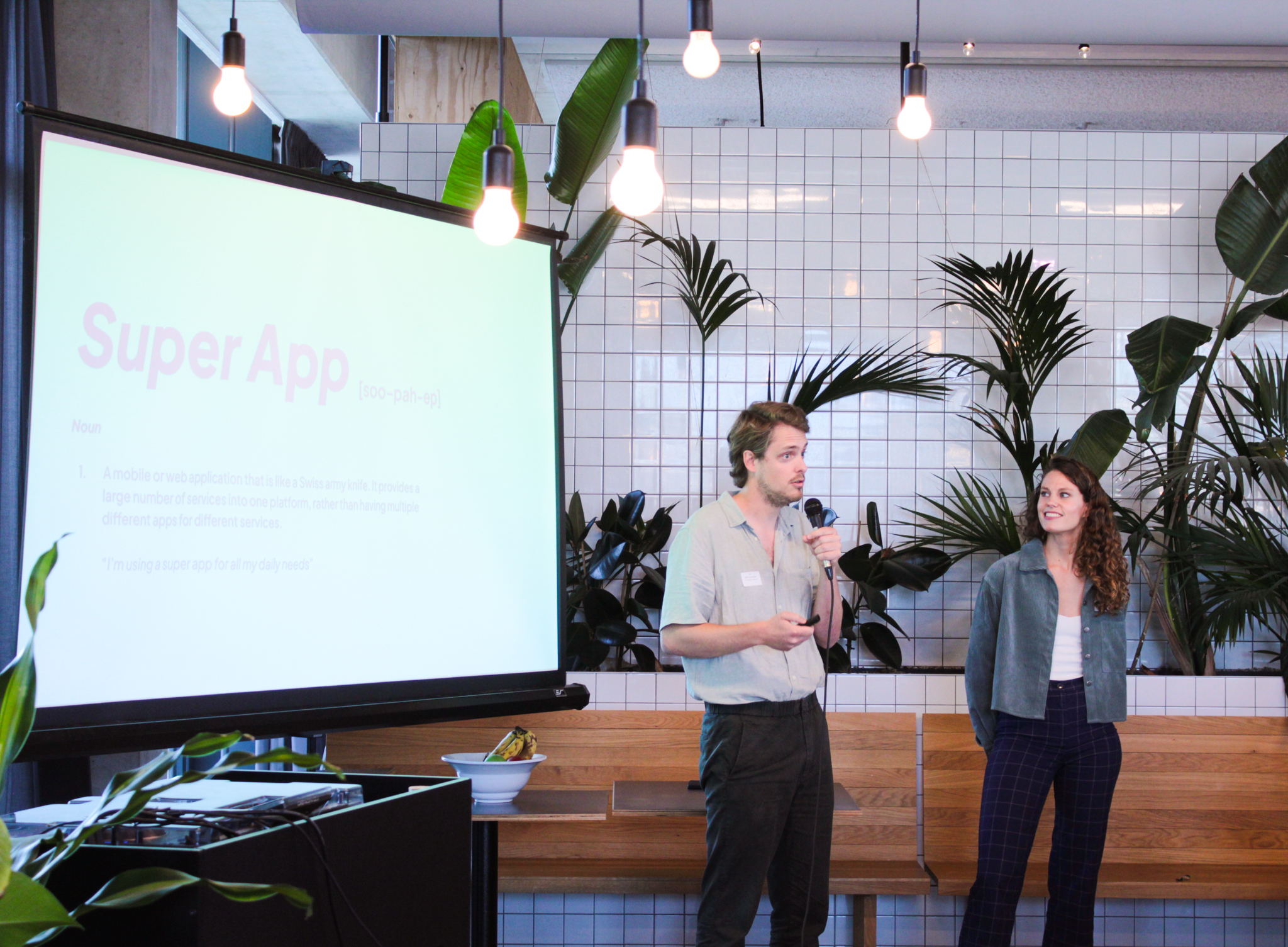
Designing scalable products in a high-growth environment

Careem
Careem is ’the everything app’ Super App for the Middle East region, making it easier than ever to move around, order food and groceries, manage payments, and more. Launched 11 years ago with the ambition to create a significant and meaningful impact in the wider Middle East, Careem was considered the first tech unicorn in the Region and has been partially acquired by Uber.
Today, Careem’s Super App experience offers various services to simplify everyday life for its 50 million registered users.
Why this topic?
Innovation often stalls when a company’s processes and design systems are too rigid. In the Uber-Careem integration, we faced a major challenge: how to introduce new ideas with the ability to do a complete, bottom-up redesign. Careem’s success was built on localized features and products that lacked the capacity to integrate Uber.
Our solution lies in using external expertise and a bottom-up design approach. We focused on building and validating a specific product that worked in one market, but with a strategic eye toward reuse. This proved that our designs were applicable across different teams and even non-transport services, creating a blueprint for future internal change without costly, disruptive improvements.
For Whom?
This session is designed for product and design leaders working in fast-paced, complex environments, including:
- Product Owners & Directors who need to scale features and manage multi-market rollouts.
- Design Leads & Managers focused on building robust design systems and ensuring consistency across teams.
- Corporate innovators & Venture Leads looking to leverage external expertise for accelerated product delivery.
- Digital Transformation Leads aiming to integrate design strategy into their core business operations.
If you’re bridging strategy and execution, this is for you.
Key learnings
In this session, you’ll walk away with five key strategies for designing and implementing products in a high-growth environment:
- Robust design framework: How a flexible, bottom-up framework accelerates delivery by building reusable components for one product, proving their value and encouraging organic adoption.
- Design for scale & local nuances: Learn how a global-first strategy can meet local demands, adapting features like payment methods and services without system fragmentation.
- Cross-product consistency for user trust and retention: Inconsistency in a super-app’s or multi-product ecosystem core features harms brand perception. Fragmented UX lowers NPS, retention, and increases support costs. Governance ensures teams align with a shared UX vision, preventing chaos.
- Smart agency-corporate collaboration: How well-structured partnerships, with clear roles and shared tools, boost speed and quality by bypassing bureaucracy and maintaining iteration flow.
- Multidisciplinary knowledge sharing: Understand why early investment in knowledge management is crucial. Documenting design decisions prevented knowledge loss, ensuring smooth, low-risk rollout of features across all teams.



